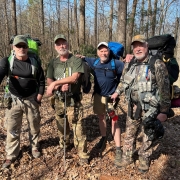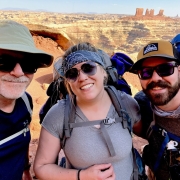Healthy Aging Series: Season 9 Preview…and It’s My Birthday!
It’s my birthday! I turn 67 today. And I’ve got lots to talk about. I want to talk about myself, of course, and about my upcoming season in my Healthy Aging blog, Season Nine. First about me. This past weekend I did my annual hike to the top of Mount LeConte in the Smoky Mountains….











